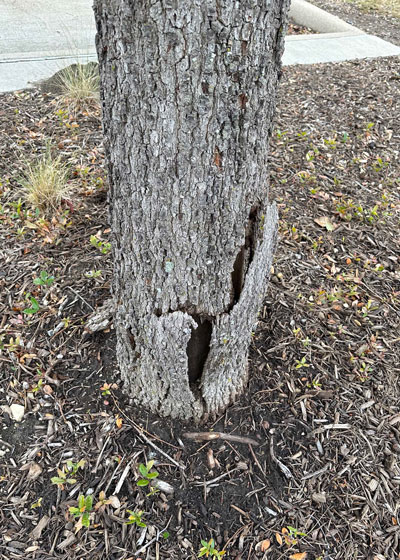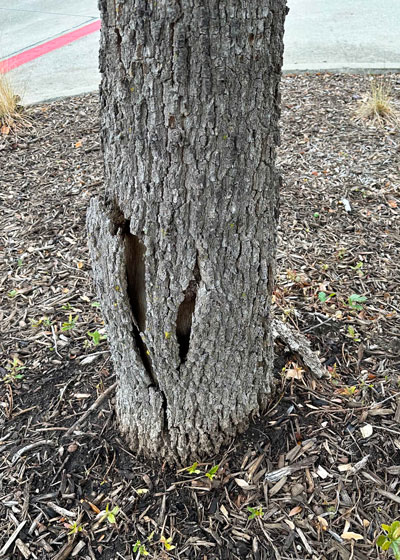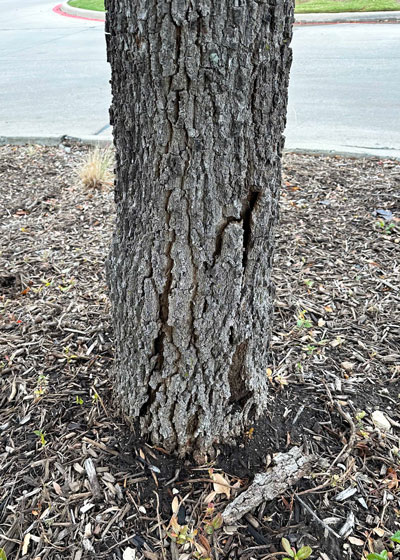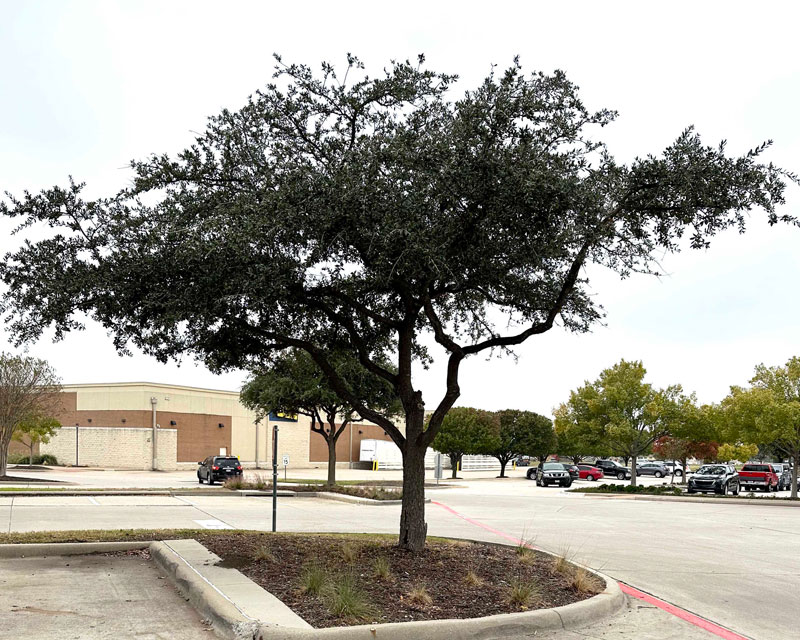Still “After-Shaking” 21 Months Later
I’ve been advising Texans about their landscapes and gardens for 52 years, but I don’t recall seeing anything quite like the hurt that cold spell of late February 2021 did to our trees and shrubs. Ligustrums, Indian hawthorns and dozens of other popular shrubs were frozen back to the ground. Some came back from their roots. Many did not.
But nowhere did the damage surprise me any more than with our live oaks. The seemingly invincible stalwarts of history showed their weakness to cold. While probably 80-85 percent of the live oaks in the northern half of the state escaped without damage, the remaining 15-20 percent were injured or killed by the cold.
Here was the usual sequence…
Within days almost all leaves on all live oaks turned gray/brown and then quickly fell to the ground. That wasn’t a big concern initially, because late winter is the time when live oaks typically change out their leaves anyway.

Within a couple of weeks some live oaks started shedding huge chunks of bark. Texas A&M foresters referred to it as “radial shake” and explained how it could happen.
As the months of 2021 wore on, we saw oaks with half or more of their bark lost (especially those where the bark loss went most of the way around the trunk) began to go downhill.

However, the warning went out that we should let the trees’ canopies tell us the real message of how well they were likely to do.
My wife was the one who pointed out all the bark loss on this live oak in a shopping center parking lot in Allen. I’d been looking at a girdling root issue on another tree, also some lovely fall color on Chinese pistachios. I missed this one entirely.

As I grabbed the three radial shake photos from different sides of the trunk I realized that the top growth of the tree is still very strong. It doesn’t look like it’s missed a step. I’m going to keep a close eye on this specific tree to see how it gets along. It’s right in front of one of our favorite restaurants, so that will be my excuse.

Hopefully, as it’s busily shedding the old bark from two winters ago, this live oak is equally busily growing new bark beneath it. Maybe good news will come from it all.
(I do note that there are several dozen root sprouts coming up around the base of the tree. That happens even with healthy live oaks, however, so I’m not willing to assume that it’s an indication that this tree is in jeopardy yet.)
